Dealing with mold under your bathroom sink can be a frustrating and unpleasant experience. Not only does it look unsightly, but it can also cause health issues for you and your family. However, with the right knowledge and tools, you can effectively remove and prevent mold from growing under your sink. Here are 10 tips to help you get rid of mold under your bathroom sink: Mold Remediation: How to Get Rid of Mold Under the Sink
Prevention is always better than cure, so it's important to take steps to prevent mold growth under your bathroom sink in the first place. One of the main causes of mold growth is moisture and humidity, so make sure to keep the area under your sink dry and well-ventilated. You can also use a dehumidifier to control the humidity levels in your bathroom. Another way to prevent mold growth is to fix any leaks or water damage under your sink. Regularly check your pipes and faucets for any leaks and repair them immediately to prevent mold from growing. How to Prevent Mold Growth Under Your Bathroom Sink
Mold is not only unsightly, but it can also pose serious health risks. Mold releases spores into the air, which can cause respiratory issues, allergies, and even infections. It can also weaken the structure of your bathroom, leading to costly repairs. That's why it's crucial to address mold growth as soon as possible. The Dangers of Mold Under Your Bathroom Sink
If the mold growth under your bathroom sink is minor, you may be able to remove it yourself. Start by wearing protective gear, such as gloves and a mask, to prevent exposure to mold spores. Then, use a mixture of water and white vinegar or hydrogen peroxide to scrub the affected area. These natural solutions are effective at killing mold spores without the use of harsh chemicals. Remember to dry the area thoroughly after cleaning to prevent mold from growing back. You can also use a fan or open windows to aid in the drying process. DIY Mold Removal Under the Bathroom Sink
Mold thrives in warm, damp, and dark environments, making your bathroom sink the perfect breeding ground. The most common causes of mold growth under the sink include leaks, poor ventilation, and high humidity levels. Prolonged exposure to these conditions can result in mold growth, so it's important to address them as soon as possible. Common Causes of Mold Under the Bathroom Sink
To effectively remove mold, you need to be able to identify the signs of its presence. Some common signs of mold under the bathroom sink include a musty odor, black or green spots on surfaces, and discoloration. If you notice any of these signs, it's important to take action immediately to prevent the mold from spreading. Signs of Mold Under the Bathroom Sink
If the mold growth under your bathroom sink is extensive, it's best to call in a professional mold remediation service. However, if the mold growth is minimal, you can clean it yourself. As mentioned earlier, use a mixture of water and white vinegar or hydrogen peroxide to scrub the affected area. For stubborn mold, you can use a commercial mold cleaner, but make sure to follow the instructions carefully. How to Clean Mold Under the Bathroom Sink
There are various products available in the market that claim to effectively remove mold under the bathroom sink. Some popular options include bleach, hydrogen peroxide, and baking soda. However, it's essential to choose a product that is safe for your health and the environment. Consider using natural and eco-friendly options to avoid harsh chemicals in your home. Best Products for Removing Mold Under the Bathroom Sink
If the mold growth under your bathroom sink is extensive and you are unable to remove it yourself, it's best to call in a professional mold remediation service. These professionals have the knowledge, tools, and experience to effectively remove mold and prevent it from coming back. They can also identify the root cause of the mold and offer solutions to prevent it from happening again. Professional Mold Removal Services for Under the Bathroom Sink
After removing the mold, it's crucial to repair any damage it may have caused. If there is any structural damage, it's best to call in a professional contractor to repair it. You should also take steps to prevent mold growth in the future, such as fixing any leaks or addressing high humidity levels. Mold growth under your bathroom sink may seem like a daunting problem, but with these tips, you can effectively get rid of it and prevent it from coming back. Remember to regularly check under your sink for any signs of mold and address them immediately to keep your bathroom clean and healthy. How to Repair and Prevent Mold Damage Under the Bathroom Sink
The Dangers of Mold Growth Under Bathroom Sinks
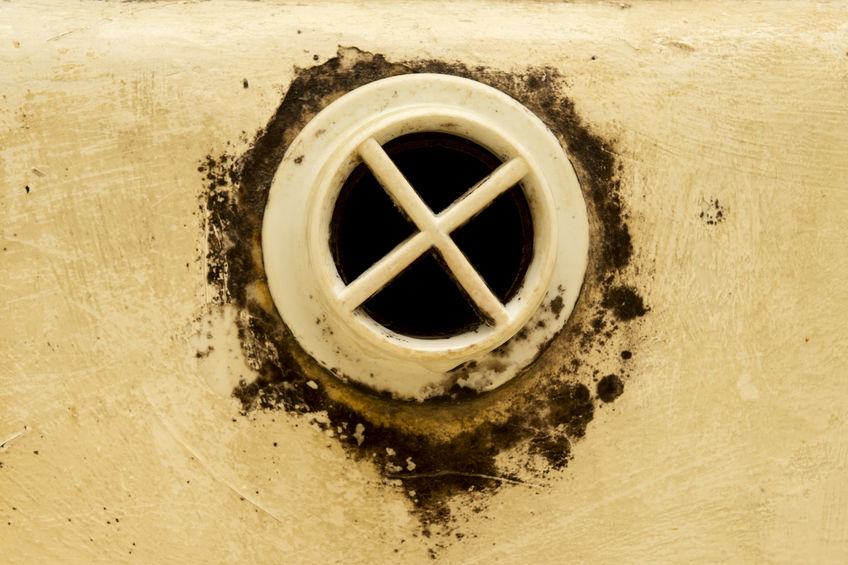
How Mold Can Impact Your Health
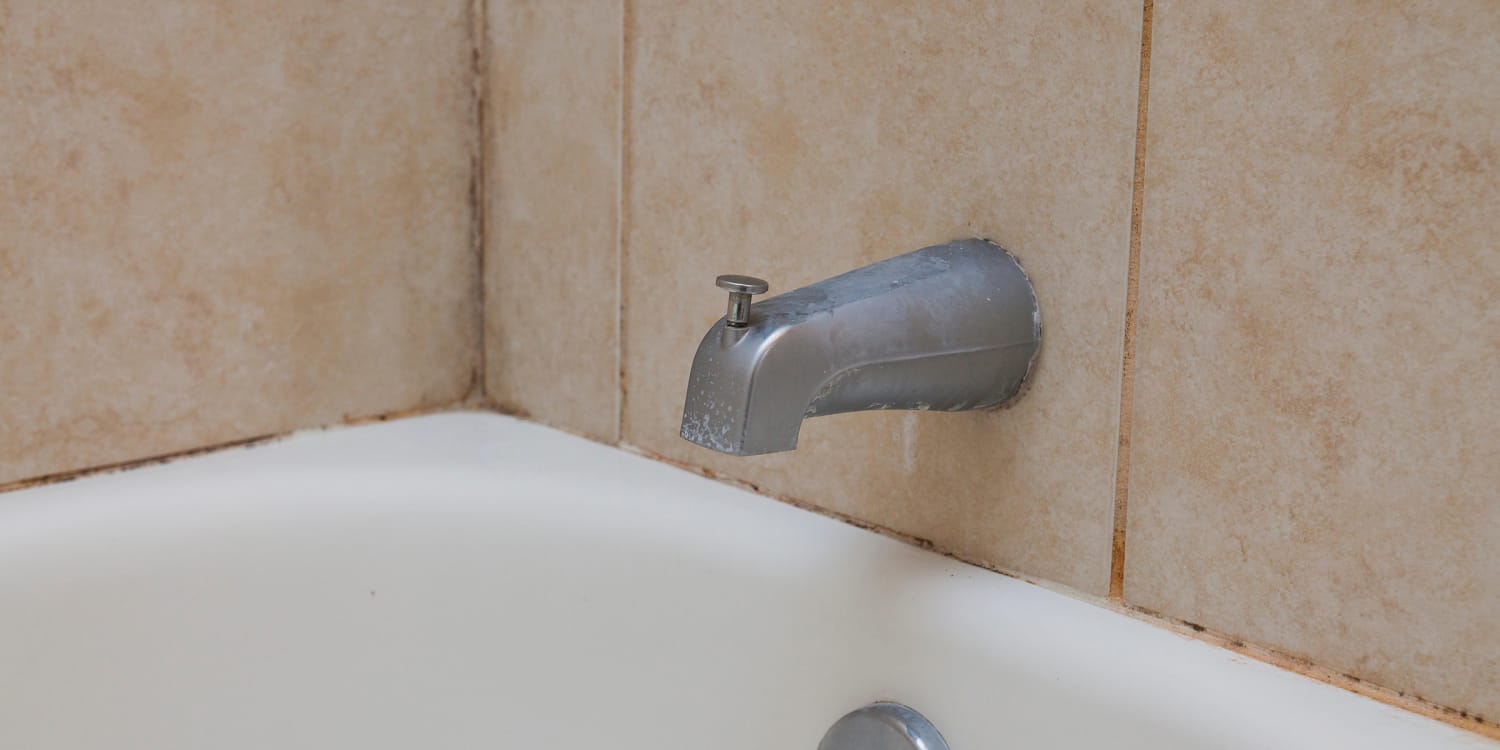 Mold is a common household problem, especially in damp and humid areas like bathrooms. When it comes to mold growth under bathroom sinks, the consequences can be more harmful than just an unsightly appearance. Mold can release spores into the air, which can trigger allergies and respiratory issues, especially in those with pre-existing conditions like asthma. Not only that, mold can also produce mycotoxins, which can cause more serious health issues if ingested or inhaled.
Mold is a common household problem, especially in damp and humid areas like bathrooms. When it comes to mold growth under bathroom sinks, the consequences can be more harmful than just an unsightly appearance. Mold can release spores into the air, which can trigger allergies and respiratory issues, especially in those with pre-existing conditions like asthma. Not only that, mold can also produce mycotoxins, which can cause more serious health issues if ingested or inhaled.
The Causes of Mold Growth Under Bathroom Sinks
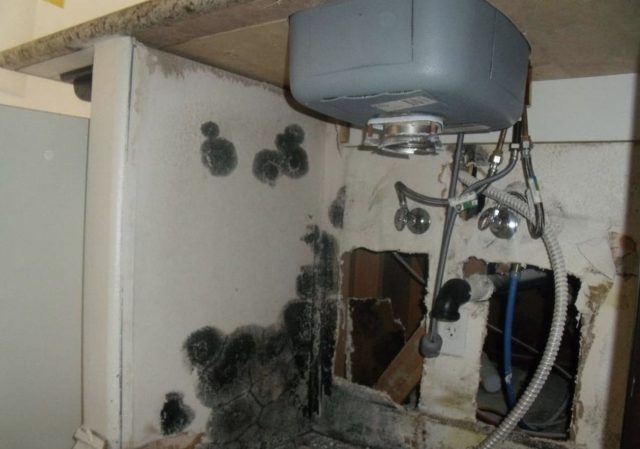 Mold thrives in moist and warm environments, making your bathroom sink the perfect breeding ground. Leaky pipes, poor ventilation, and excess moisture from daily activities like showering can create the ideal conditions for mold to grow. The dark and confined space under your bathroom sink also provides the perfect hiding spot for mold to spread unnoticed.
Mold thrives in moist and warm environments, making your bathroom sink the perfect breeding ground. Leaky pipes, poor ventilation, and excess moisture from daily activities like showering can create the ideal conditions for mold to grow. The dark and confined space under your bathroom sink also provides the perfect hiding spot for mold to spread unnoticed.
Preventing Mold Growth Under Bathroom Sinks
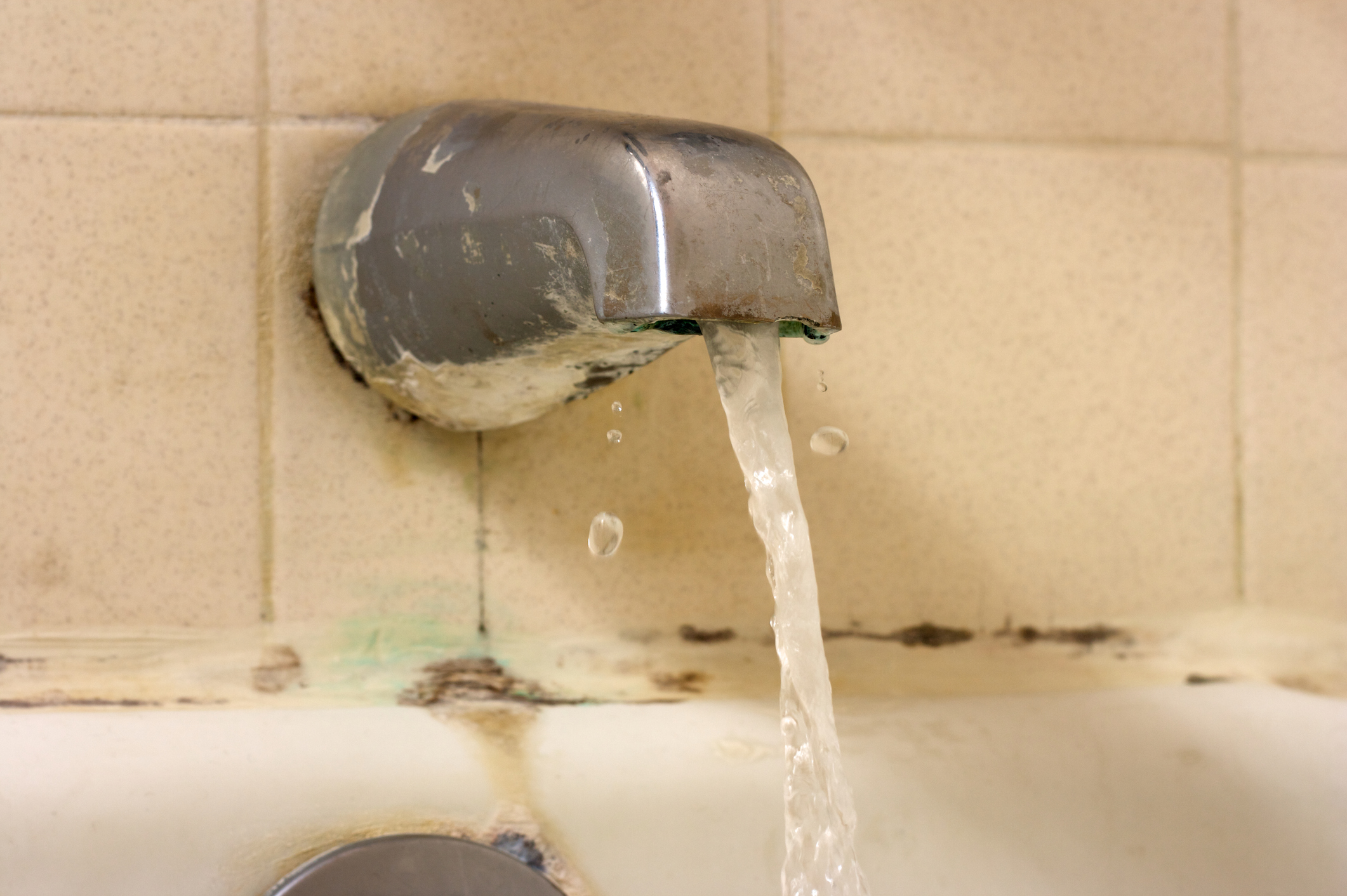 The best way to deal with mold growth under your bathroom sink is to prevent it from happening in the first place. Regularly inspect and fix any leaks in your plumbing. Make sure your bathroom is properly ventilated by using a fan or opening a window after showering. Consider using a dehumidifier if your bathroom is consistently humid. And most importantly, keep the area under your sink clean and dry. Wipe down any excess moisture and regularly check for any signs of mold.
Mold Remediation:
If you do discover mold under your bathroom sink, it’s important to take immediate action.
Mold remediation
can be a complex and potentially hazardous process, which is why it’s best to leave it to the professionals. They have the proper equipment and training to safely remove the mold and prevent it from coming back.
Conclusion
Don’t ignore mold growth under your bathroom sink. Not only is it unsightly, but it can also have negative effects on your health. Take preventive measures to keep mold at bay and seek professional help if you do find mold in your home. Don’t let mold ruin your beautiful bathroom and compromise your well-being.
The best way to deal with mold growth under your bathroom sink is to prevent it from happening in the first place. Regularly inspect and fix any leaks in your plumbing. Make sure your bathroom is properly ventilated by using a fan or opening a window after showering. Consider using a dehumidifier if your bathroom is consistently humid. And most importantly, keep the area under your sink clean and dry. Wipe down any excess moisture and regularly check for any signs of mold.
Mold Remediation:
If you do discover mold under your bathroom sink, it’s important to take immediate action.
Mold remediation
can be a complex and potentially hazardous process, which is why it’s best to leave it to the professionals. They have the proper equipment and training to safely remove the mold and prevent it from coming back.
Conclusion
Don’t ignore mold growth under your bathroom sink. Not only is it unsightly, but it can also have negative effects on your health. Take preventive measures to keep mold at bay and seek professional help if you do find mold in your home. Don’t let mold ruin your beautiful bathroom and compromise your well-being.




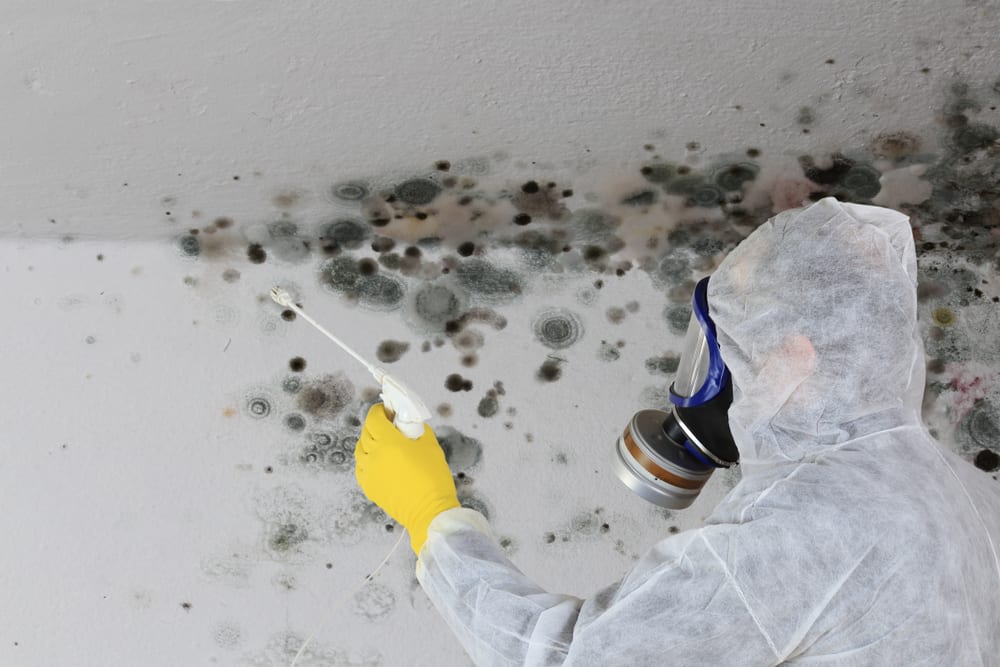











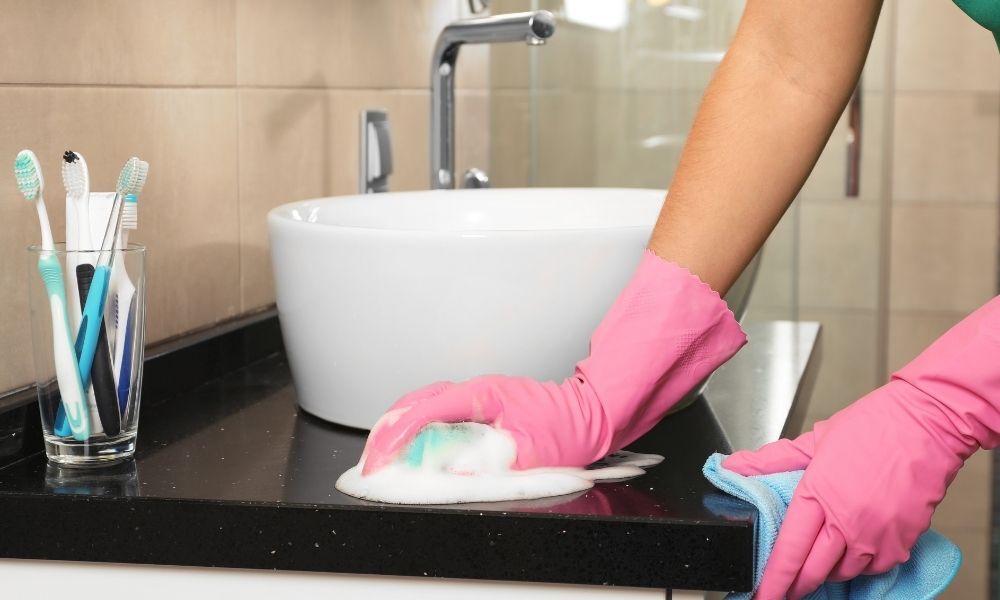
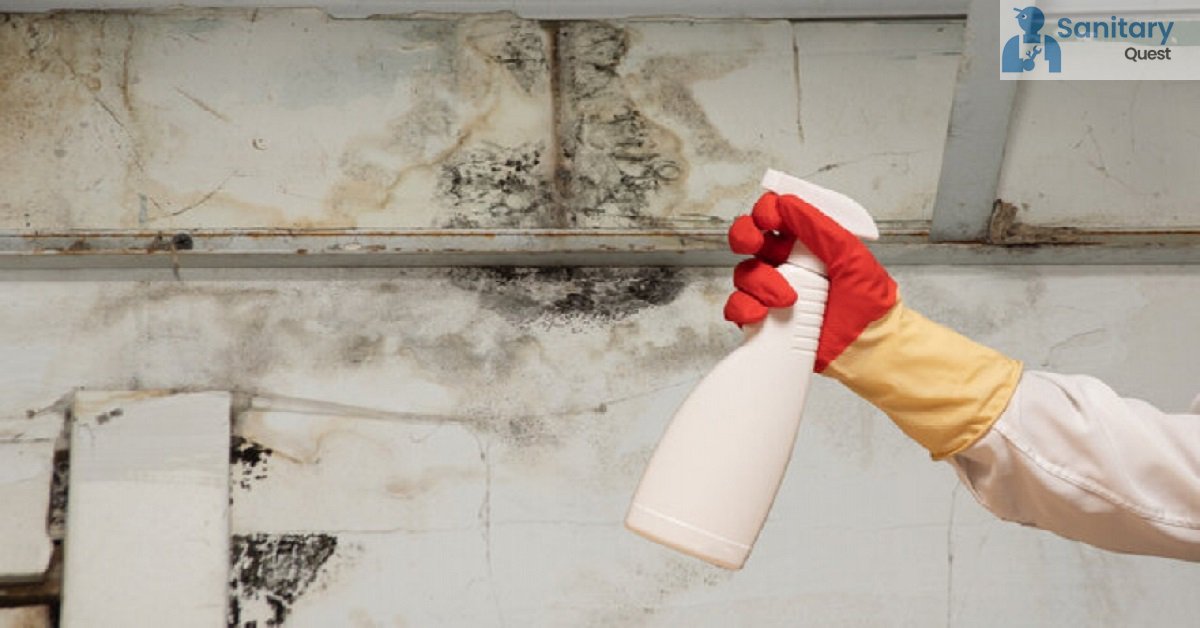


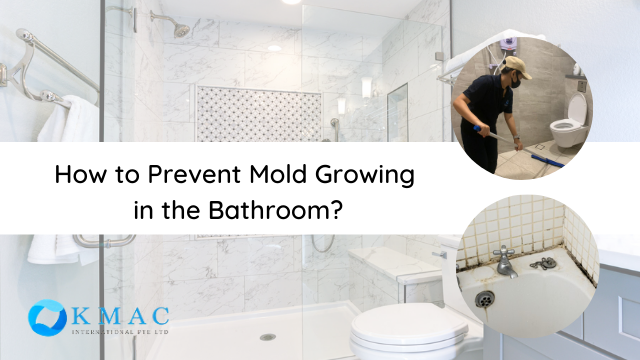
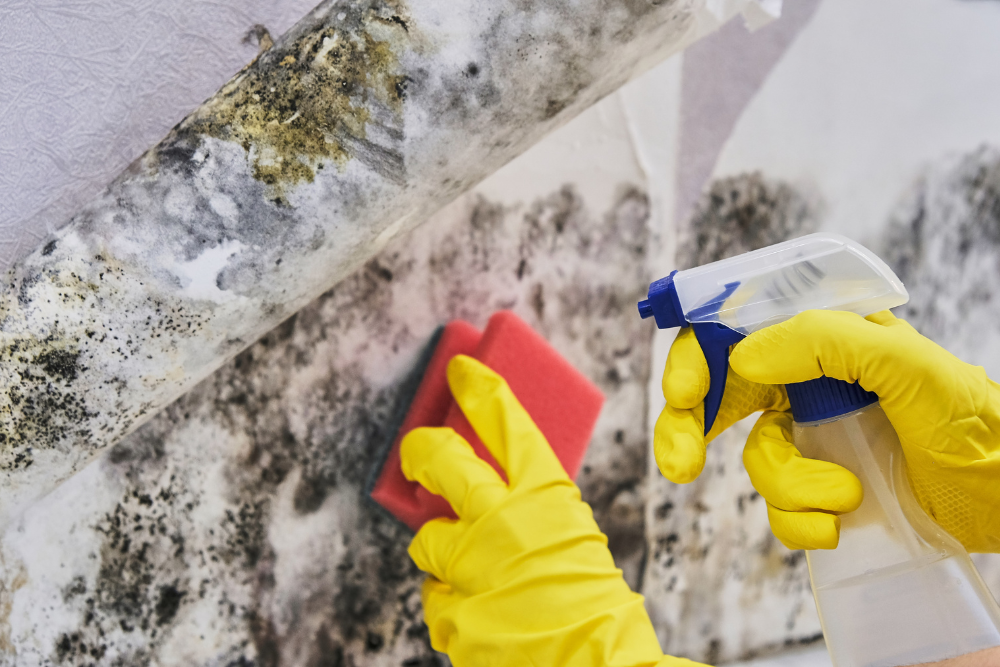

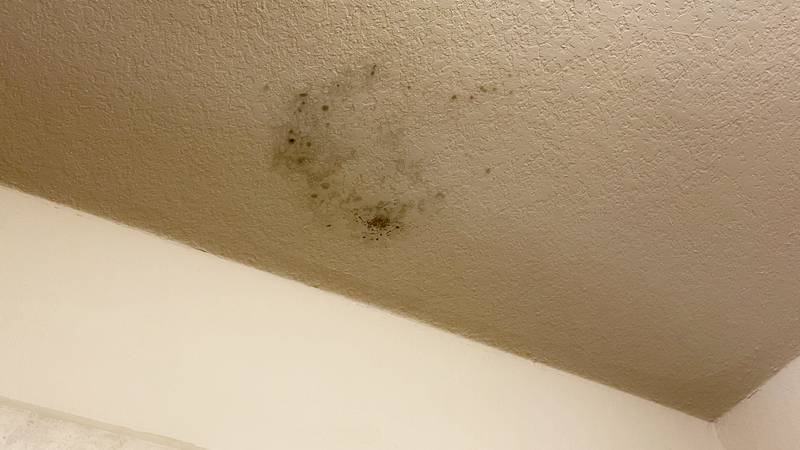
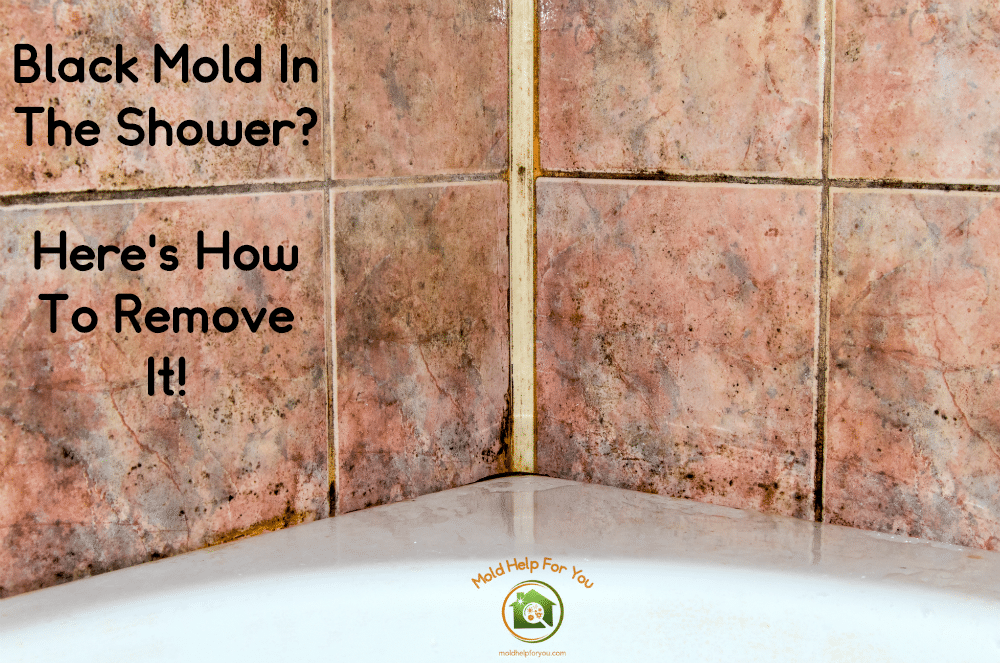

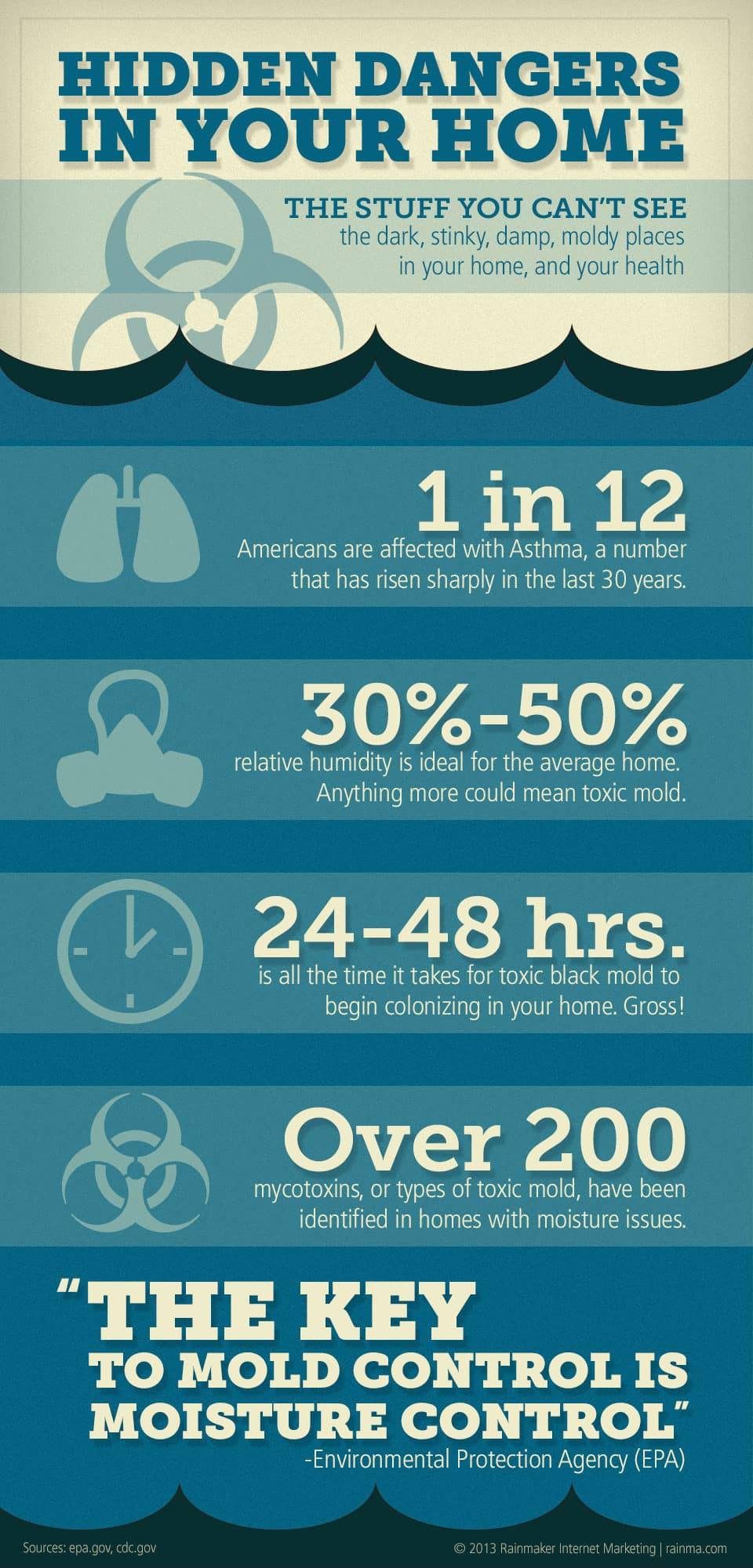
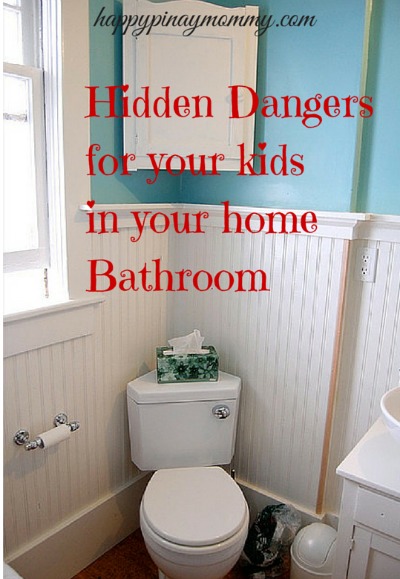
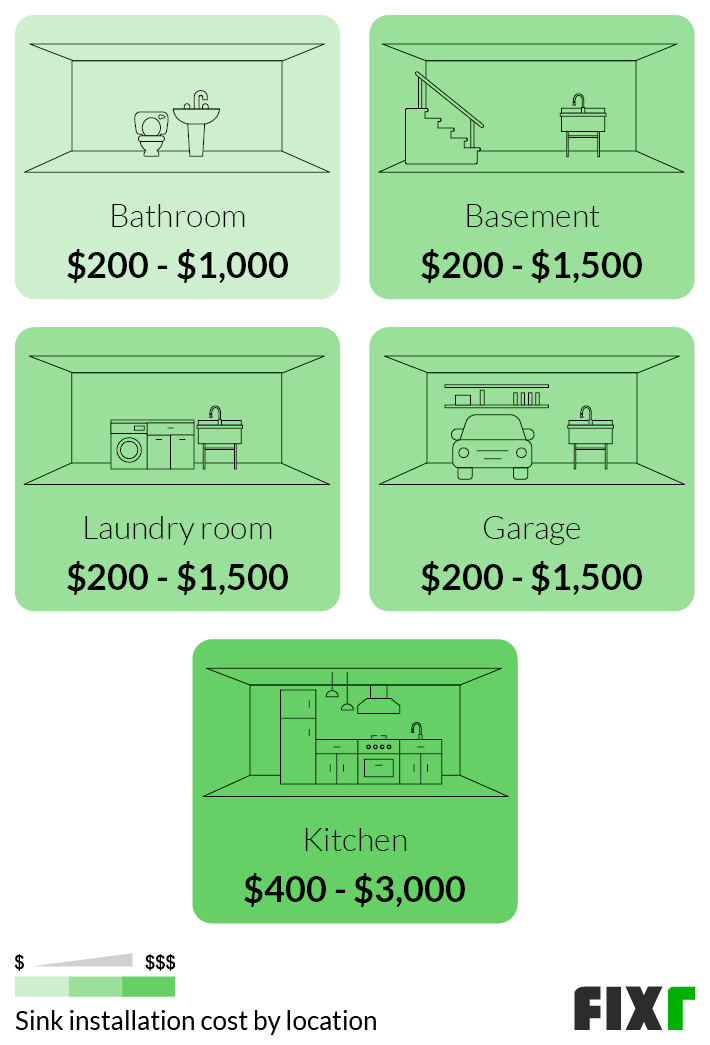
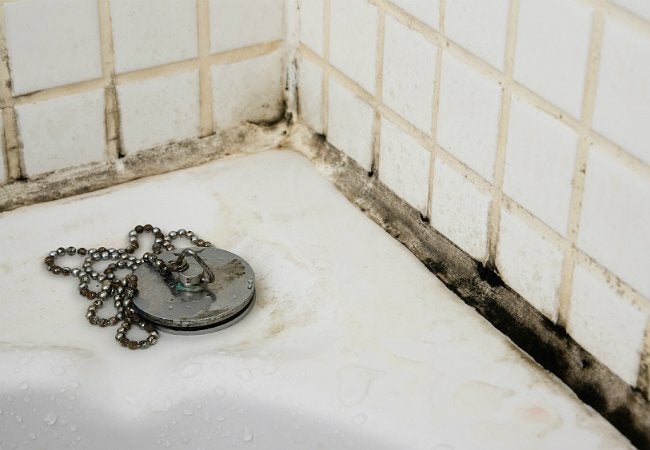




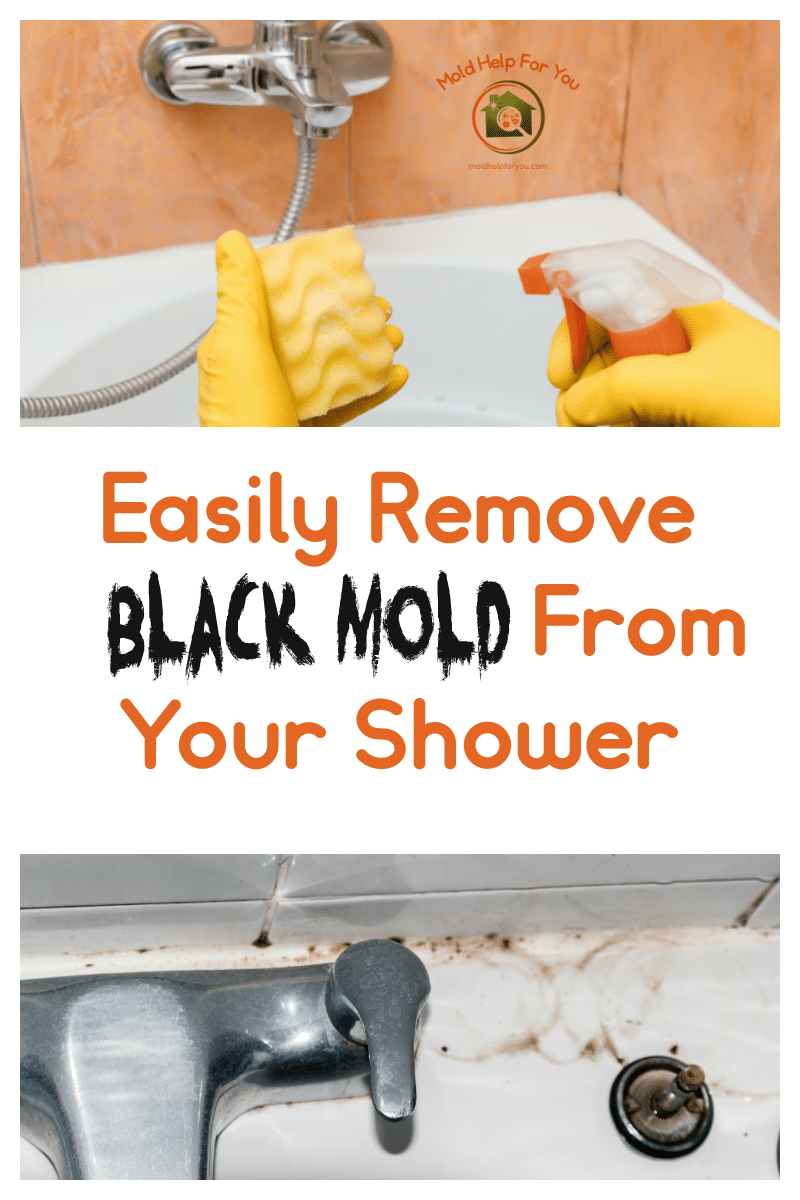


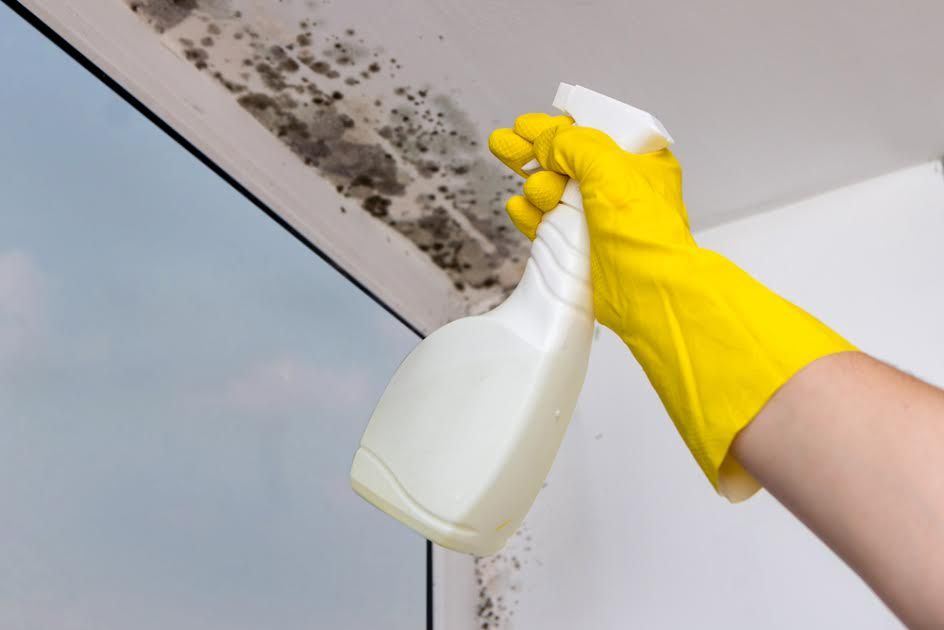
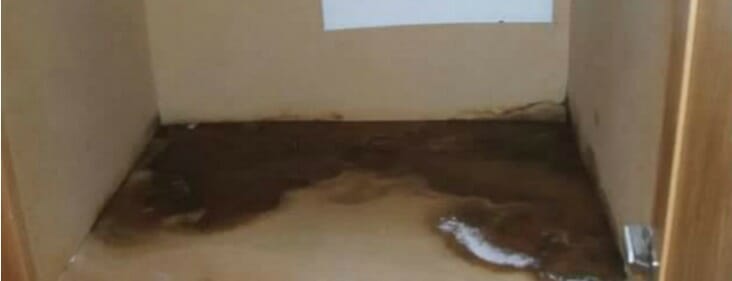

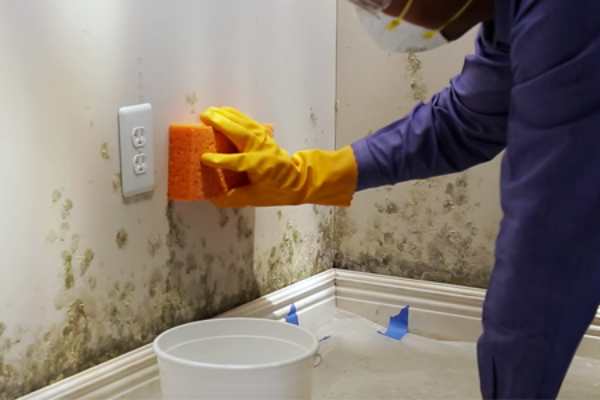






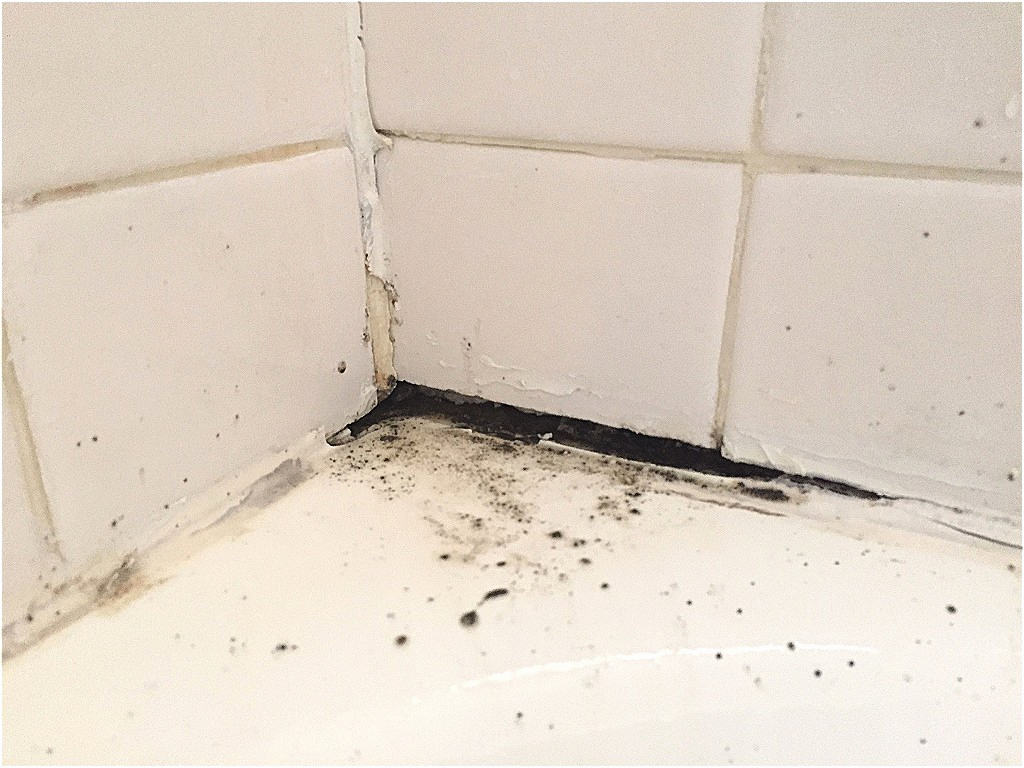



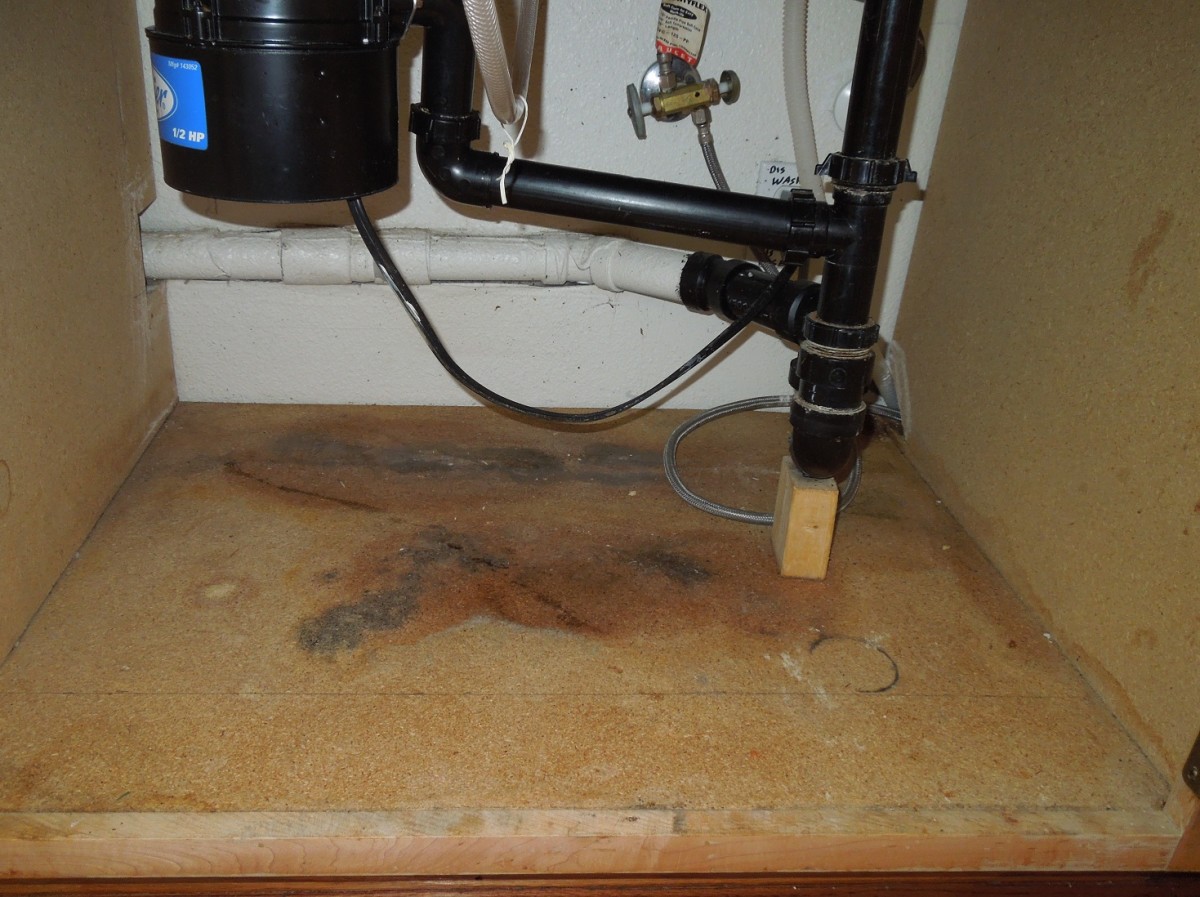
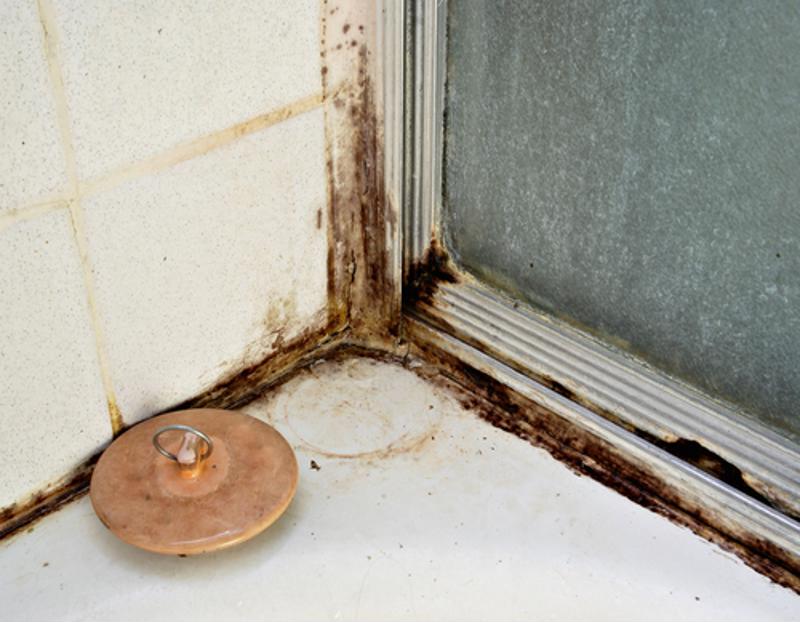






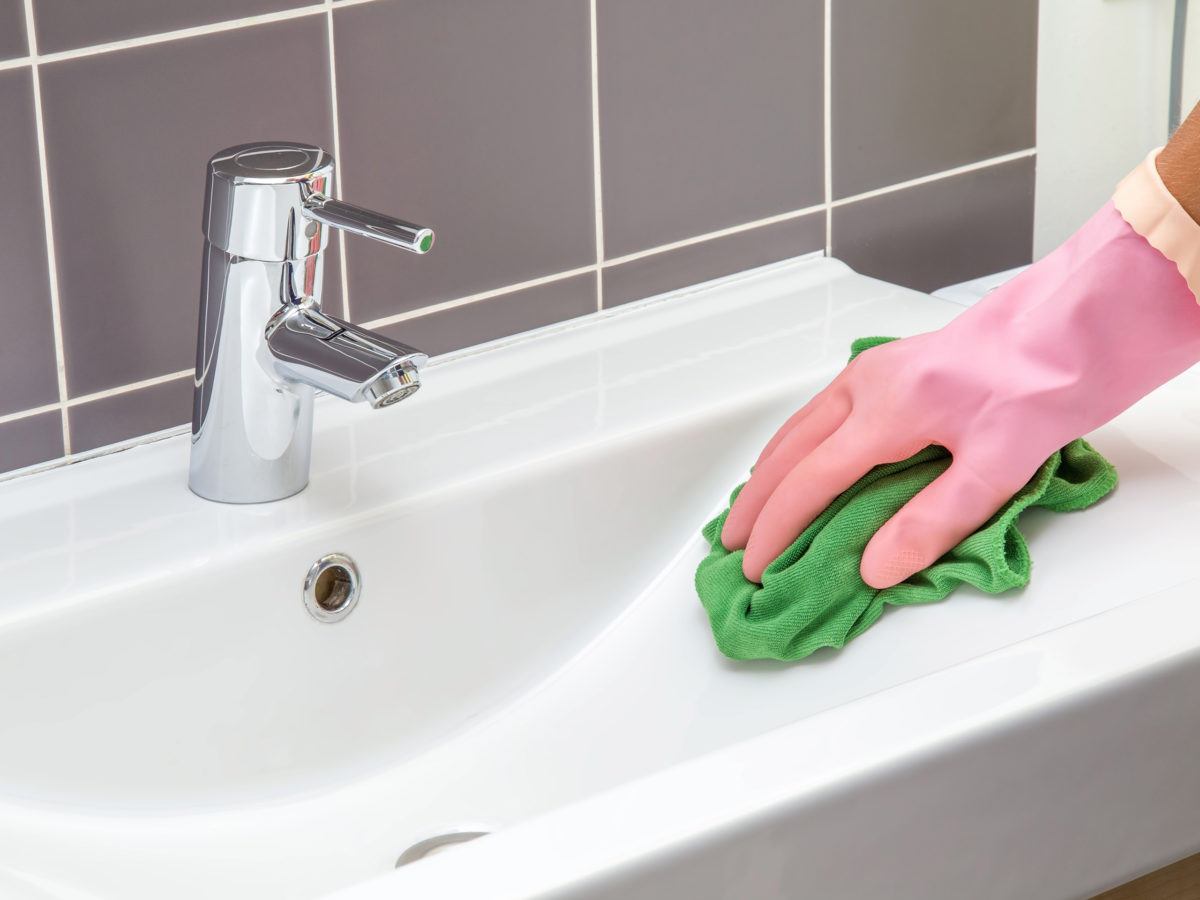

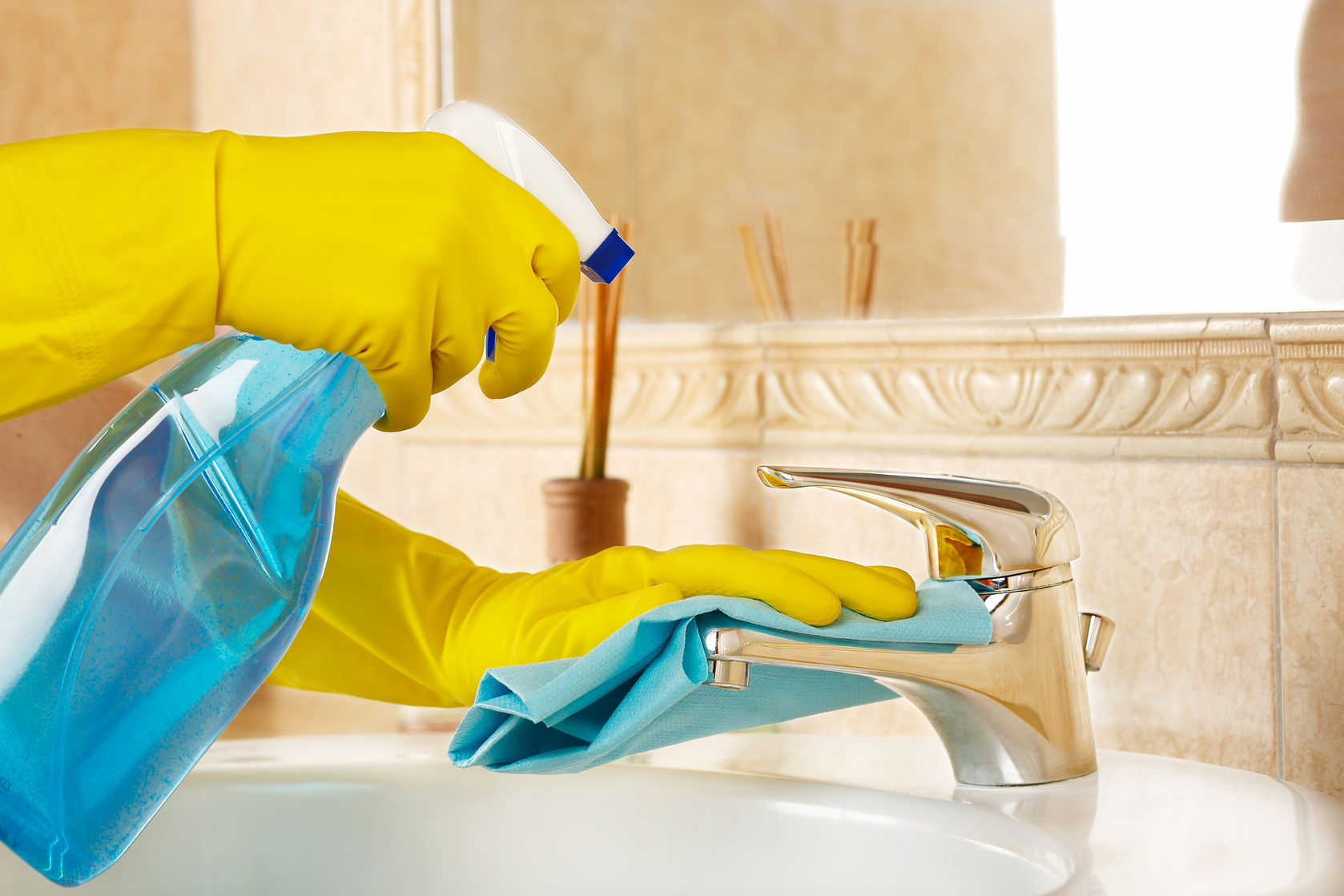




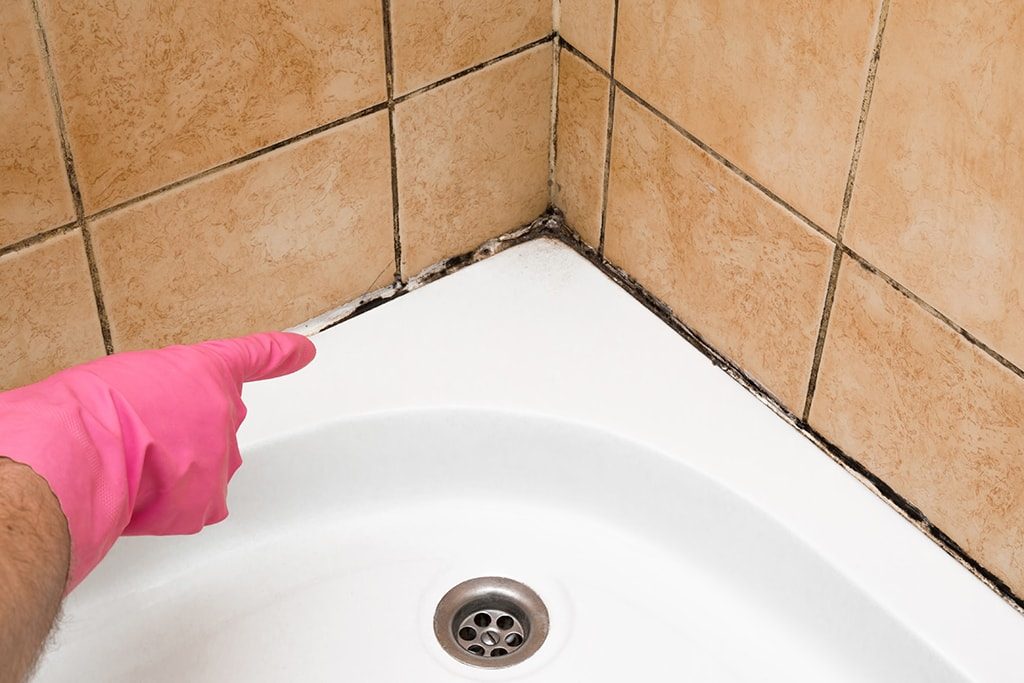














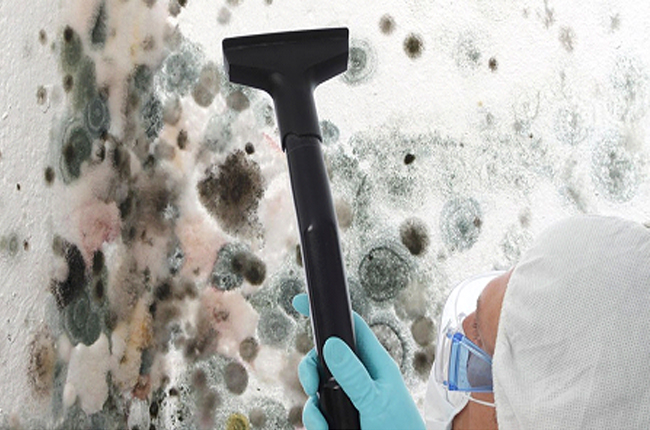







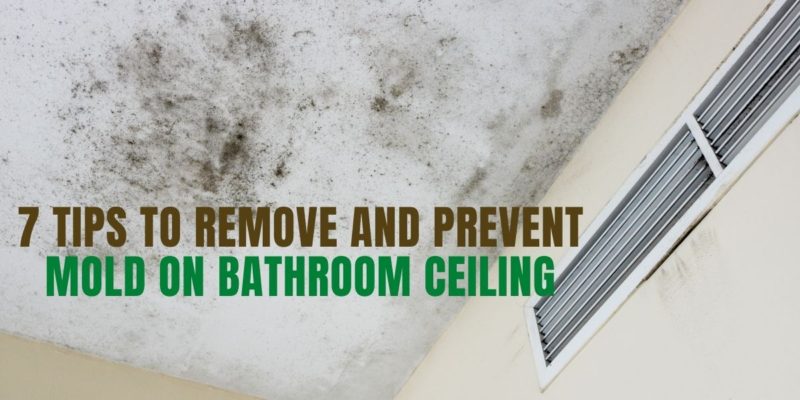


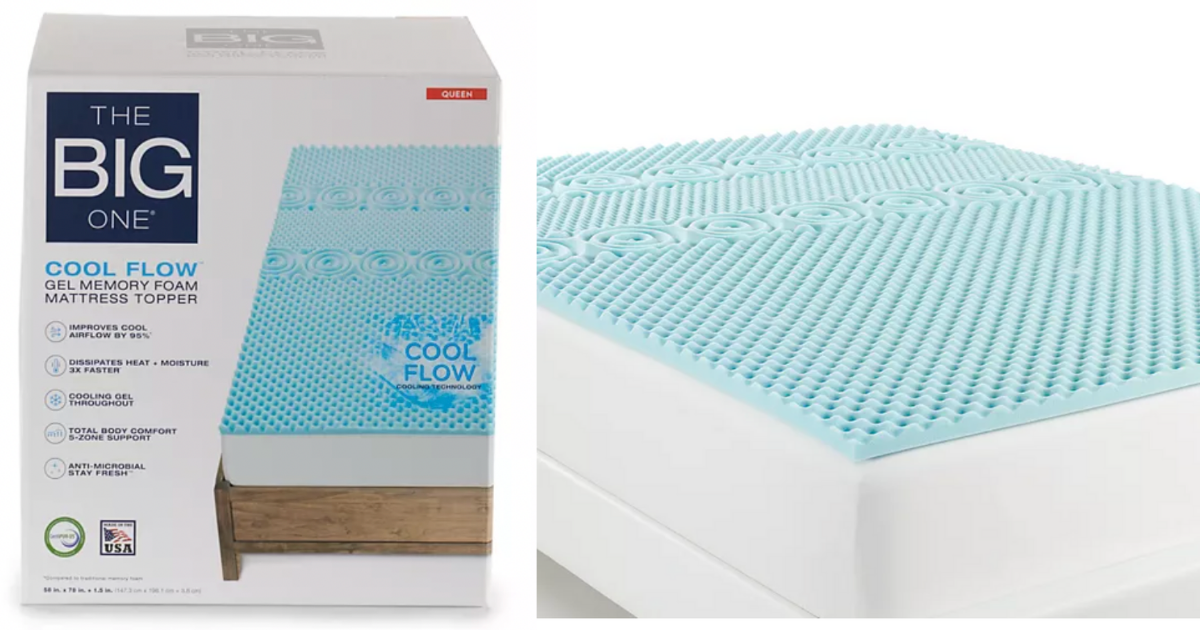
:max_bytes(150000):strip_icc()/removing-chocolate-stains-1901012_v3-5bcdee2a46e0fb00514fbf64.png)


